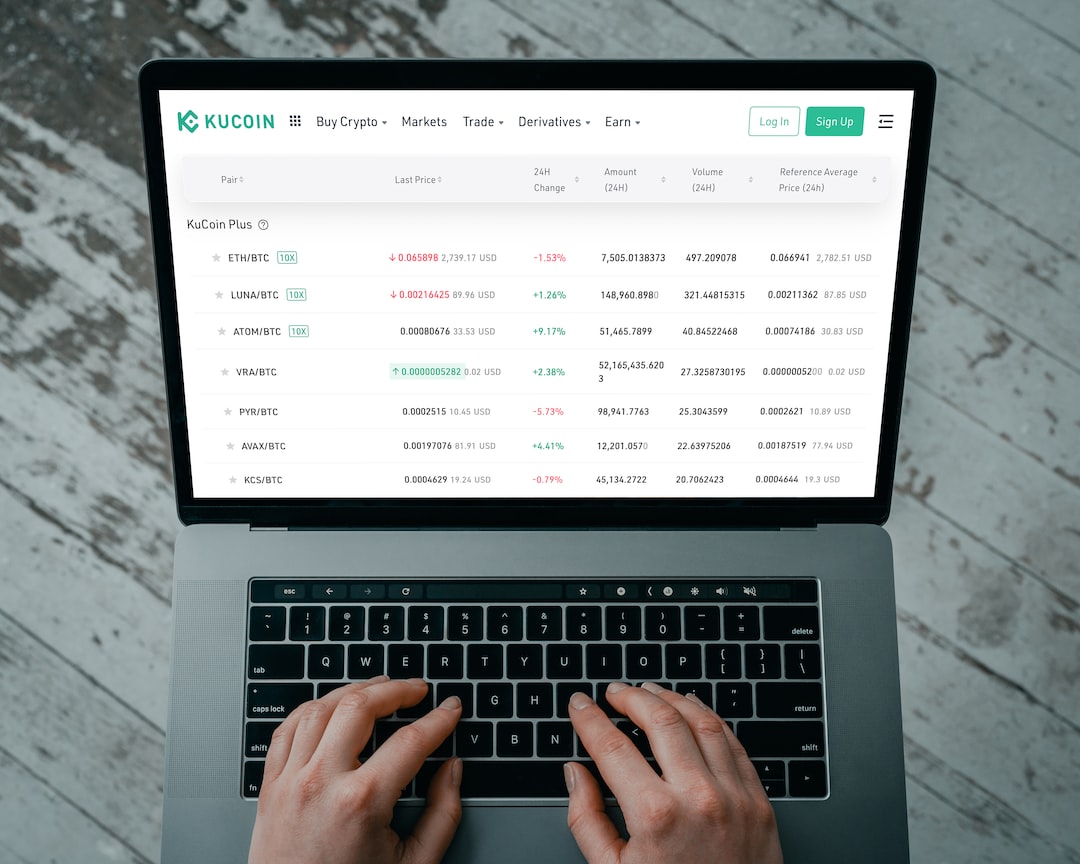5 Simple Steps For Paying Contractors and Freelancers
5 Simple Steps For Paying Contractors and Freelancers
If you're like most business owners, you're always looking for ways to save money. One way to do that is by hiring contractors or freelancers instead of full-time employees. But when it comes time to pay them, you need to make sure you're doing it correctly. Here are 5 simple steps for paying contractors and freelancers:
1. Determine how you will pay the contractor or freelancer.
2. Discuss payment terms with the contractor or freelancer.
3. Send a payment request to the contractor or freelancer.
4. Make the payment to the contractor or freelancer.
5. Send a payment confirmation to the contractor or freelancer.
https://unsplash.com/@techdailyca
Preparing Necessary Documents Before Payment
Before a business really starts paying out contractors and freelancers, they should prepare certain documents related to the payment process. This is especially true when businesses are paying out a large amount of money, so that every penny is accounted for.
These documents include:
- Signing a contract stating the terms and conditions for the job.
- Meeting legal requirements and regulations
- Keeping track of payments and invoices.
- Creating a detailed list of service rendered.
- Determine taxes and other deductions that need to be accounted for
These documents will not only help you abide by all the laws and regulations, but also keep a detailed record of the transactions made with contractors and freelancers. This will save a lot of time when it comes to filing taxes and other deductions.
https://unsplash.com/@piggybank
1. Get a signed contract or agreement. This is important because it will outline the terms of the work to be performed, as well as the compensation. Be sure to review the contract carefully before signing it.
Once you have the signed contract in hand, you’ll be ready to start the payment process for the contractor or freelancer. Here are five simple steps to make sure everything goes smoothly:
1. Calculate Payment - First, review the contract to determine how much you need to pay the contractor or freelancer and what deductions are applicable. Add up the amount owed, including taxes and other deductions, to determine the payment.
2. Keep Records - Make sure to keep all documents related to the payment process, including invoices and receipts, so that they can be referenced later if needed.
3. Choose A Payment Method - Decide how to pay the contractor or freelancer. This can be either through cash, check, online transfer, bank transfer, PayPal, or any other preferred method.
4. Make The Payment - Once you’ve decided on the payment method, it’s time to make the payment. Be sure to use the correct information and keep a record of the transaction for future reference.
5. Get Feedback - After the payment has been made, it’s important to get feedback from the contractor or freelancer regarding the quality of service they provided. This will give you an indication of how well you have paid them and whether or not you should consider working with them again in the future.
https://unsplash.com/@techdailyca
Conclusion
At the end of the day, paying contractors and freelancers is not a one-size-fits-all approach. Knowing the steps in the payment process, as well as which payment method works best for you and the contractor, will help ensure that your transaction goes as smoothly as possible.
Additionally, requesting feedback from the contractor or freelancer after they’ve been paid is essential in building trust and developing positive working relationships. By following the five simple steps outlined above, you can ensure that your payment process runs smoothly and that you and the contractor or freelancer both remain satisfied with the work performed.
https://unsplash.com/@piggybank
2. Familiarize yourself with the different types of payments. There are generally three types of payments: hourly,
Familiarizing yourself with the different types of payments is essential in the payment process. There are generally three types of payments: hourly, project, and retainer payments.
Hourly payments are the most common type of payment and the most straightforward. You pay the freelancer or contractor the agreed upon hourly rate for all the hours they worked. It’s important to ensure that you are tracking their hours accurately to avoid overpayment or underpayment.
Project payments are also common in the freelancing world. You agree to pay a lump sum when the project is completed and after the freelancer or contractor has submitted the project.
Retainer payments are ideal for long-term projects. The freelancer or contractor is paid a set-amount each month for ongoing work. It’s essential to pay attention to the timeframe of the project before settling on a retainer fee.
For any question, please contact us in OpenTimeClock.com. https://www.opentimeclock.com.
Created with the Personal Edition of HelpNDoc: Write eBooks for the Kindle



